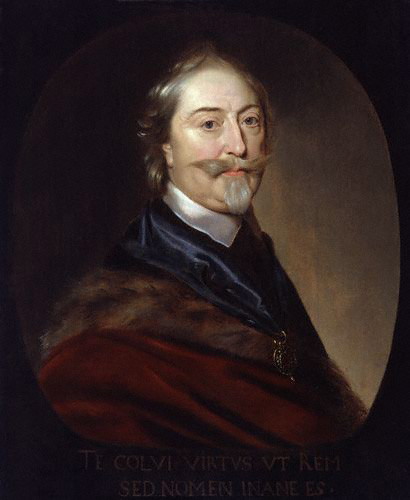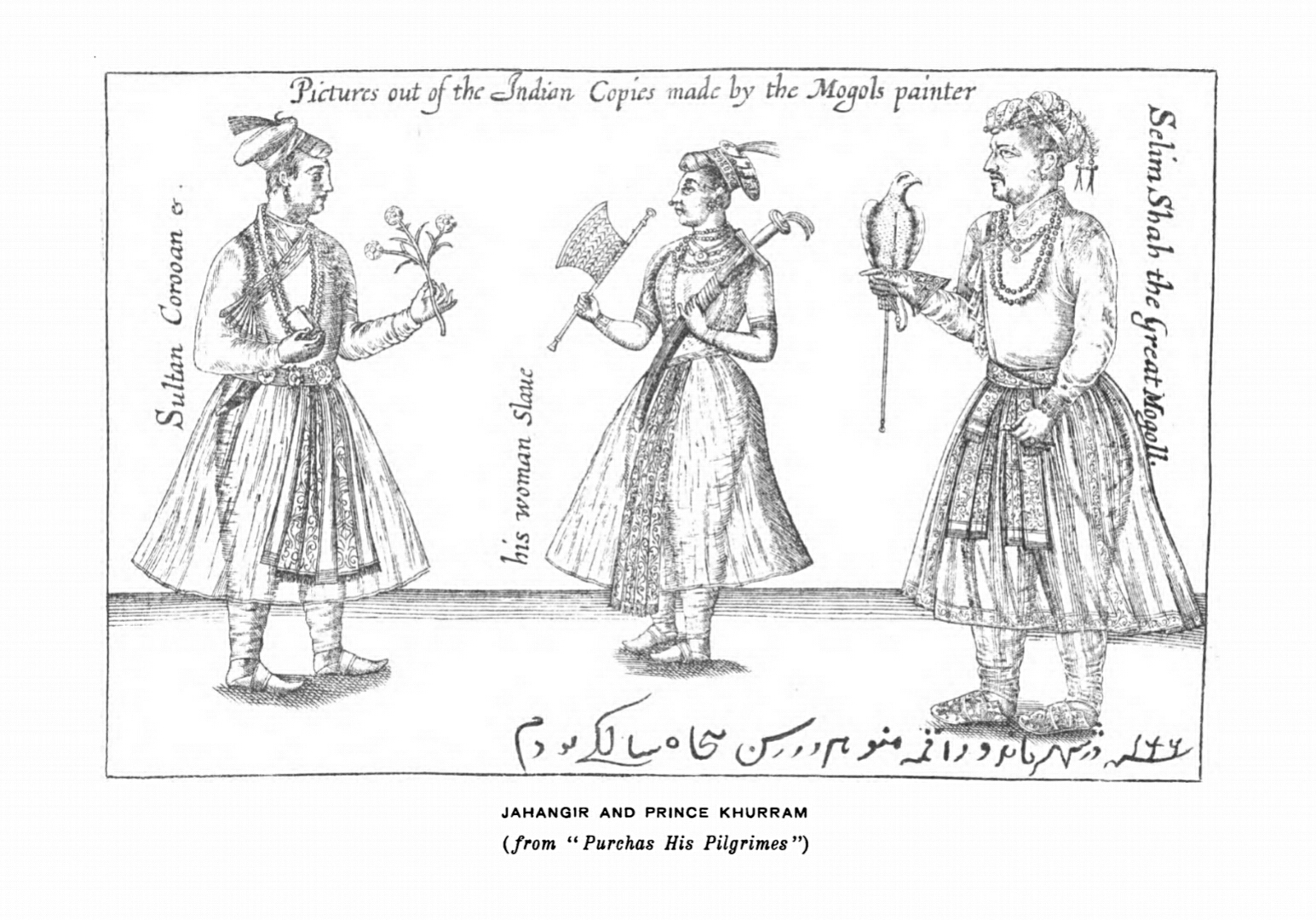Sir Thomas Roe’s visit to the Mughal Emperor Jahangir’s court in 1615 was a breakthrough moment in the story of British occupation of India. His visit opened the English engagement with India, which eventually became the crown jewel of the mighty British Empire. But his landing involved a bizarre series of events which provide an interesting glimpse of the era.
Background
Vasco da Gama’s voyage in 1498 had led to a considerable increase in the European travel and trade in India, bulk of which was controlled by the Dutch and the Portuguese. Serious English efforts started only in 1600 with the founding of East India Company. By 1608 they had opened a factory in Indonesia and a docking facility near Surat. A small battle against the Portuguese near the town of Swally gave the Company a reason and the confidence to seek a territorial foothold in India. The Company petitioned Jahangir for exclusive rights to reside and build factories in Surat and other areas, which were initially unsuccessful. To help the cause, the Company lobbied with King James to send an official ambassador to Jahangir’s court. After a careful search, Thomas Roe was selected for the job.

By Michiel Jansz. van Miereveldt [Public domain], via Wikimedia Commons
The Landing
Thomas Roe started his journey on February 2, 1615 in a fleet commanded by General William Keeling, who accorded Sir Roe every courtesy deserved by an ambassador of King James. The voyage took six months, and they landed near Surat. Upon arrival Keeling sent a message to the governor of Surat, Zulfikhar Khan, announcing the ambassador’s arrival. The governor, after a bit of delay, sent a message welcoming the ambassador. There was, however, a little matter of customs inspection and personal searches. According to Roe, he and his followers were entitled to be exempted from inspection of their goods, on account of being an “ambassador of a mightie king”. The governor, however, insisted on it, as it was his duty to check every person landing on the Mughal shores. Clearly, Jahangir had not CC’d his officials in his farman assuring the ambassador’s welcome. Negotiations followed, through translators, and an assurance was obtained from the governor that the ambassador would not be subjected to searches. Next day a frigate was sent by the Governor extending welcome and expressing his desire to buy some goods, especially the “English Swyne“, which apparently the emperor was fond of. To which Keeling, the fleet commander, responded that an ambassador was on board. Any discussion of trade will proceed only after the ambassador’s reception is satisfactorily done. Upon hearing the mention of ambassador, the governor’s men laughed “one vpon another“. This was a period right in the middle of age of discovery. Oceans were full of European sailors, many of them freelancers, who claimed representation from their kingdoms in remote lands and told tall tales back home of remote wonders and their own accomplishments there. The Mughal officials at Surat had seen English visitors earlier and every one of them had claimed to be the King’s ambassador, demanding special treatment. After a fair bit of haggling an proper reception for the ambassador was agreed on. At the appropriate time a signal was made from the beach that the Mughal officers were ready to receive the new ambassador. An open tent was put up and some chief officers of Surat positioned themselves there on a good carpet with 30 attendants. English ships were fitted with ensigns, pendants, flags and streamers for the occasion. A convoy was formed behind the ambassador with the general, captains, and merchants following him. 48 rounds of ordinance was fired from the ships and trumpets and music was played from the boat. Soldiers lined up by rank in the sand giving a 100 shots “court of guard” to the ambassador.

The embassy of Sir Thomas Roe to the court of the Great Mogul, 1615-1619, as narrated in his journal and correspondence (1899). https://archive.org/details/embassysirthoma02roegoog
With the ceremony the future British Empire took some majestic steps towards its future subjects sitting in the tent…only to halt midway. The Mughal officers had transgressed again. As the lorde ambassador came closer they remained seated, while they should have risen at his sight. A message was sent that the ambassador will not move ahead if they remained seated, which made them rise at once. The ambassador seated himself in the middle. Elaborate compliments were exchanged and finally someone talked about proceeding towards Surat….and yet, the topic of searches was brought up. Again, negotiations followed, it was decided that the ambassador can choose 5 of his men who’ll be exempted from inspection. Others will be given a symbolic pat down. An awkward pause followed and when the pat down didn’t happen, the English assumed that the issue is over. Horses were brought in, and the convoy was formed with the ambassador towards the front, with his men at some distance behind him. En route, some of the Mughals called his men on pretence of a drink and tried to forcibly search them. The ambassador had enough by now. He rode back and drew his sword declaring that he had landed a free man and would die as one defending his honor. Judging from their persistence, it is quite likely that some Mughal officers were equally inclined to sacrifice their life for the cause of carrying out a search. However, they explained that they were carrying out the previously agreed friendly searches. Sir Roe had enough reasons to doubt that, so he called for his pistol as a safe measure for the rest of his trip. The matter of searches didn’t come up again. Thomas Roe had another standoff with the governor in Surat on who should be paying the first visit, which was eventually resolved. He also had to deal with the exorbitant demands of Mughal officials, especially the governor who felt quite comfortable helping himself to some items in Thomas Roe’s inventory.
Aftermath

Jahangir investing a courtier with a robe of honour watched by Sir Thomas Roe. By Mughal Style [Public domain], via Wikimedia Commons
References
-
Roe, Thomas, Sir; Foster, William, Sir. The embassy of Sir Thomas Roe to the court of the Great Mogul, 1615-1619, as narrated in his journal and correspondence. The Hakluyt Society
-
Fisher, Michael H. (Edited by). Beyond the Three Seas, Travellers Tales of Mughal India. Random House India